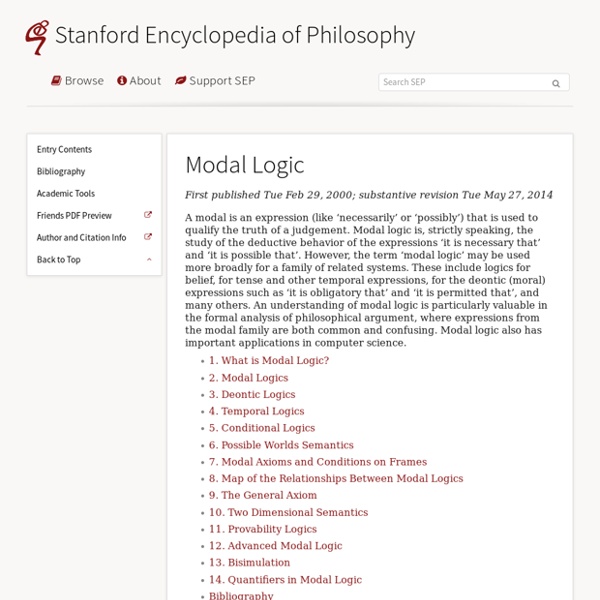König's lemma
König's lemma or König's infinity lemma is a theorem in graph theory due to Dénes Kőnig (1936).[1] It gives a sufficient condition for an infinite graph to have an infinitely long path. The computability aspects of this theorem have been thoroughly investigated by researchers in mathematical logic, especially in computability theory. This theorem also has important roles in constructive mathematics and proof theory. Statement of the lemma[edit] Note that the vertex degrees must be finite, but need not be uniformly bounded: it is possible to have one vertex of degree 10, another of degree 100, a third of degree 1000, and so on. Proof[edit] For the proof, assume that the graph consists of infinitely many vertices and is connected. Start with any vertex v1. Now infinitely many vertices of G can be reached from v2 with a simple path which doesn't use the vertex v1. Continuing in this fashion, an infinite simple path can be constructed by mathematical induction. is added to the finite set. to . .
Omomorfismo
Da Wikipedia, l'enciclopedia libera. è un omomorfismo se vale per ogni coppia di elementi di , dove e sono le operazioni binarie di rispettivamente. Ogni tipo di struttura algebrica ha i suoi specifici omomorfismi: Definizione[modifica | modifica sorgente] Una definizione rigorosa generale di omomorfismo può essere data nel modo seguente: Siano due strutture algebriche dello stesso tipo. è un omomorfismo se, per ogni operazione (su n elementi) delle strutture e per ogni n-upla di si ha: dove rappresentano l'operazione nelle strutture Classificazione[modifica | modifica sorgente] In algebra astratta: Si chiama monomorfismo ogni omomorfismo iniettivo;Si chiama epimorfismo ogni omomorfismo suriettivo;Si chiama isomorfismo ogni omomorfismo biiettivo. Se in particolare A e B coincidono: Si chiama endomorfismo della struttura A ogni omomorfismo di A in se stesso;Si chiama automorfismo della struttura A ogni isomorfismo di A in se stesso. Voci correlate[modifica | modifica sorgente]
Funzione di Ackermann
Da Wikipedia, l'enciclopedia libera. oppure: La funzione di Ackermann è un esempio di funzione ricorsiva che non è primitiva ricorsiva poiché cresce più velocemente di qualsiasi funzione ricorsiva primitiva. (mediante iterazione di per volte) (y volte)(mediante iterazione di volte e quindi mediante iterazione di e quindi mediante iterazione di Risulta quindi una funzione con una complessità estremamente elevata anche per valori di input semplici. Voci correlate[modifica | modifica sorgente] Collegamenti esterni[modifica | modifica sorgente]
Funzione inversa
Da Wikipedia, l'enciclopedia libera. manda 3 in a poiché f manda a in 3 si dice invertibile se esiste una funzione tale che per ogni , e più formalmente, dove indica la funzione composta e indica la funzione identità su Se è invertibile, allora la funzione della definizione è unica; quest'unica funzione è detta funzione inversa di e viene indicata con (coerentemente con la notazione per l'elemento inverso rispetto alla composizione). Iniettività e suriettività[modifica | modifica sorgente] Se una funzione è invertibile, allora è biiettiva, ovvero è sia iniettiva che suriettiva. se e , allora , dunque è iniettiva;se , allora , dunque è suriettiva. Viceversa, se è una biiezione, allora possiamo definirne un'inversa , stipulando che sia quell'unico elemento ; infatti tale esiste per la suriettività, ed è unico per l'iniettività. e Inversa destra e suriettività[modifica | modifica sorgente] Una funzione ammette un'inversa destra (in alcuni contesti sezione) se esiste una funzione ad esempio la funzione definita da
Some paradoxes - an anthology
Richard's Paradox
Here are three paradoxes, all based on the same idea. 1. Let A be the set of all positive integers that can be defined in under 100 words. Since there are only finitely many of these, there must be a smallest positive integer n that does not belong to A. But haven't I just defined n in under 100 words? 2. 3. The solution to these paradoxes is usually explained as follows: they depend on being imprecise about what is meant by defining a number, or being interesting. To kill off the paradox completely, one has only to look at the argument in more detail. In words, sm(n) is the nth string that makes T-sense, and this notion itself makes T-sense because the function f is T-definable (by hypothesis) and hence so is g. xn is the real number defined by sm(n). Now I apply an explicit, T-definable, diagonal argument to the list x1,x2,x3,... obtaining the number y. 4. What is the nth digit of y?



